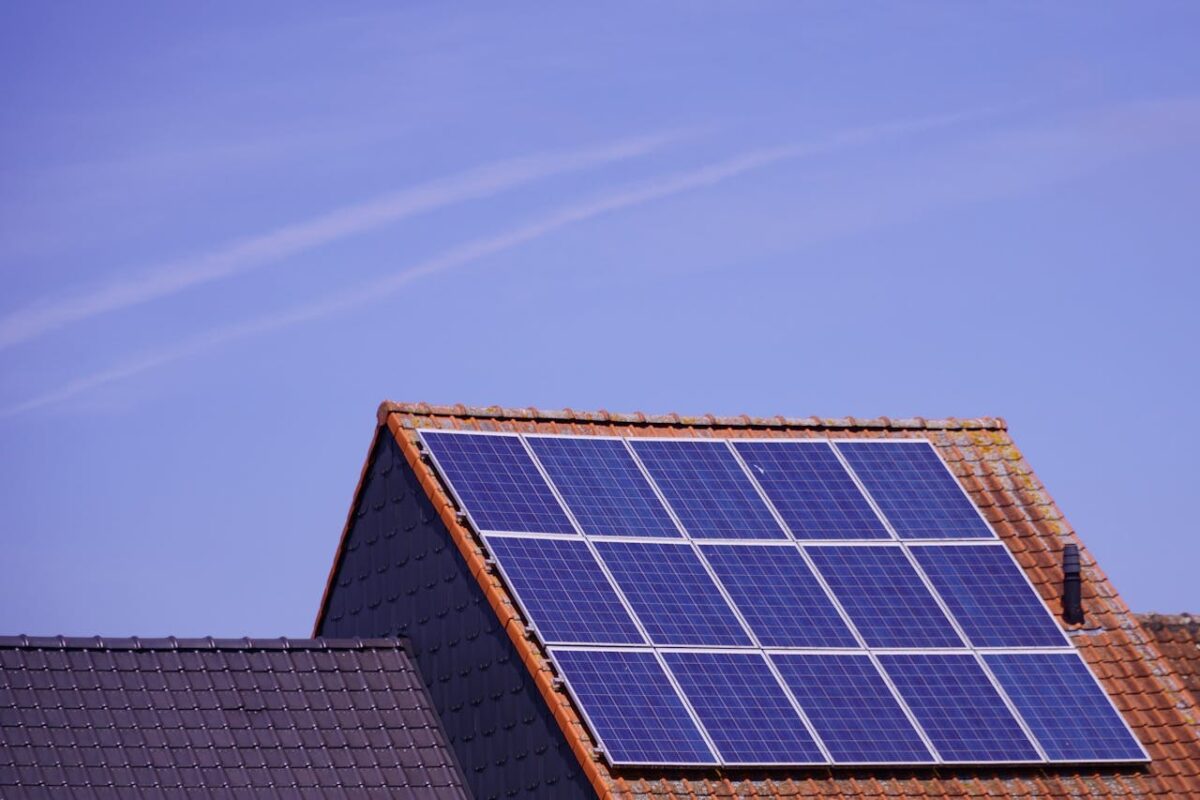UK Renewable Energy Statistics
Kallipso Mais
on
January 23, 2025
The UK is a global leader in the transition to renewable energy sources, making significant strides toward reducing reliance on fossil fuel generation.
From record-breaking achievements in wind energy to reduced greenhouse gas emissions, the nation’s commitment to achieving net zero by 2050 is more evident than ever.
Here’s a closer look at key statistics shaping the future of UK electricity production.
2023: Renewable Energy Outpaces Fossil Fuels
In 2023, for the first time in UK history, more electricity was generated from renewable sources than from fossil fuels for the first time.
According to the National Grid, renewables accounted for 51% of total electricity, compared to 33% from fossil fuels. This milestone highlights the UK’s growing capacity for renewable energy generation, driven by advancements in technology and infrastructure.
Offshore Wind Farms Powering Millions
The UK is home to some of the world’s largest offshore wind farms, including Hornsea One, which alone generates enough electricity to power over one million homes.
By 2024, UK wind energy is expected to account for more than 25% of the nation’s electricity production, positioning wind as a cornerstone of the renewable energy strategy. The emphasis on wind power is key to meeting the UK’s ambitious climate goals.
70% Reduction in Carbon Electricity
Between 1990 and 2022, greenhouse gas emissions from the UK’s electricity sector dropped by 70%, according to the UK Department for Energy Security and Net Zero.
This remarkable reduction is attributed to increased reliance on renewable energy sources and a sharp decline in coal usage. It’s a clear example of how transitioning away from fossil fuel generation positively impacts the environment.
Solar and Wind Lead the Way
Wind and solar power are now responsible for the majority of the electricity generated by renewables in the UK.
In 2022, wind energy accounted for 25% of UK energy, with solar contributing 5%, according to the Renewable Energy Association.
The pairing of these technologies, along with innovations in storage and grid management, is driving progress toward a more sustainable energy system.
UK Electricity Demand Met with Renewables
During the summer of 2023, renewables provided up to 70% of the UK electricity demand on certain days, reports the Energy Networks Association.
This level of reliance on renewables showcases the ability of offshore wind farms and solar to consistently meet national energy needs while reducing the strain on traditional energy systems.
Renewable Energy Reduces Costs
The shift to renewables has not only environmental benefits but economic ones too. By investing in wind energy and solar, the UK has reduced its reliance on expensive imports of fossil fuels, lowering the average cost of electricity production.
This transition is also helping stabilise energy prices for households and businesses across the country.
Net Zero by 2050
The UK is firmly committed to achieving net zero by 2050, with renewable energy playing a critical role. According to the Climate Change Committee, increasing the share of renewables in the energy mix to 75% by 2040 will be crucial.
This commitment ensures that the nation remains on track to eliminate carbon electricity and reduce reliance on non-renewable resources.
Wind Energy: A National Asset
UK wind energy continues to grow as one of the most reliable and cost-effective renewable options. According to Green Match, the UK has over 11,000 wind turbines installed, generating more than 20 gigawatts (GW) of energy annually. This significant capacity highlights the nation’s leading role in advancing wind power technologies.
The Path Forward for Renewable Energy
The UK’s focus on renewable energy generation has already proven successful in reducing greenhouse gas emissions and increasing energy produced from clean sources.
With sustained investments in solar power, offshore wind farms, and innovative energy solutions, the UK is well-positioned to achieve its climate goals while ensuring a stable and sustainable energy future.
Support Sustainability with Second Life Solar
At Second Life Solar, we’re proud to support the UK’s transition to renewable energy. By choosing second-hand solar panels, you’re not only saving on costs but also contributing to a greener, more sustainable future.
Explore our range of high-quality used panels and join the movement toward affordable, eco-friendly energy today!



